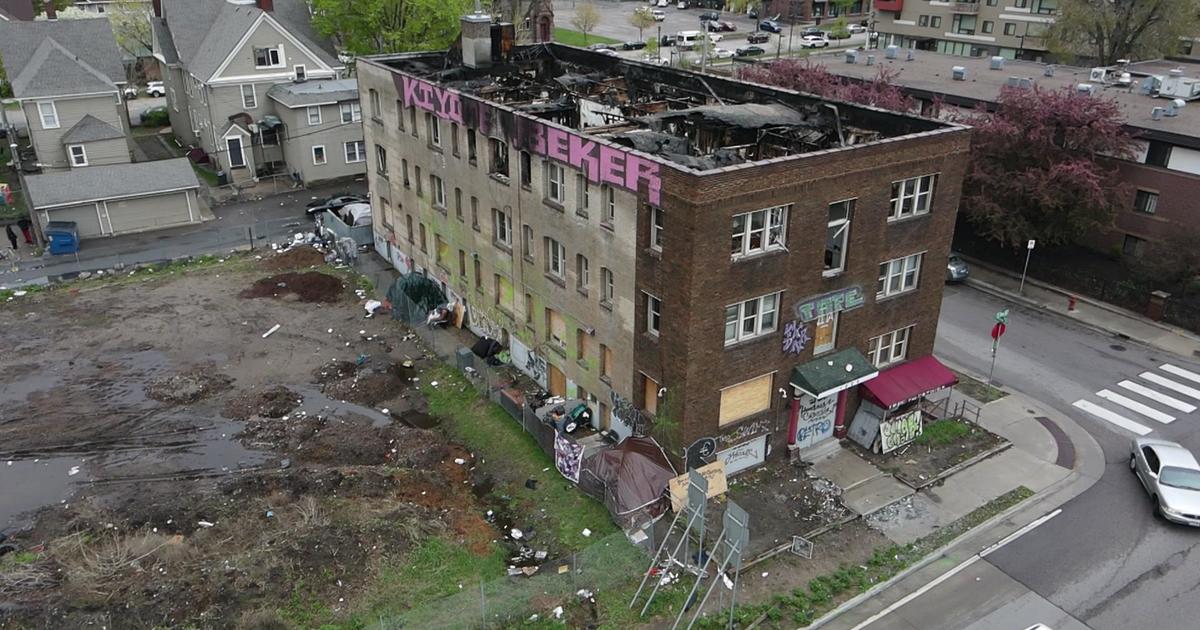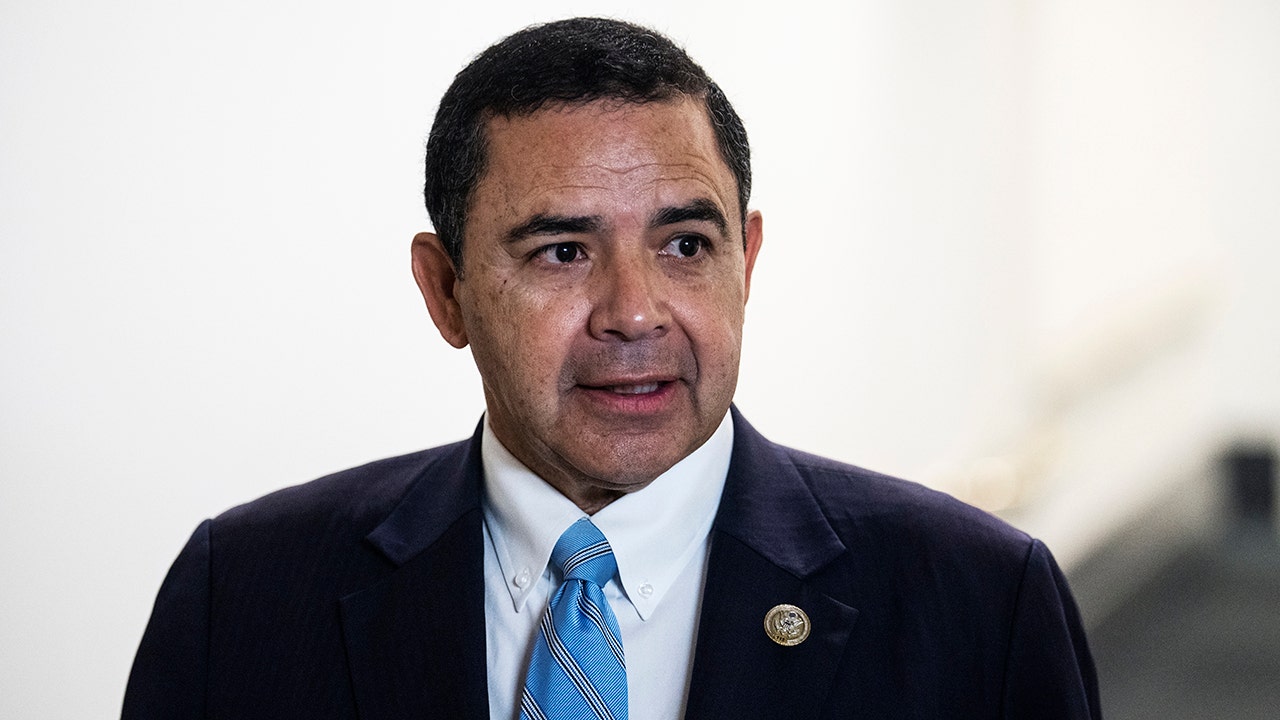Minneapolis, MN
Effort to revive Minneapolis 2040 plan moves forward in Minnesota House | Finance & Commerce

A version of the bill that would exempt cities’ comprehensive plans from certain lawsuits under the Minnesota Environmental Review Act has made its way into the state and local government supplemental budget bill.
This policy would exempt comprehensive plans from being sued under MERA for creating dense housing and would be retroactive to March 2018. The policy was amended into the supplemental budget bill on April 18 with a unanimous voice vote by the State and Local Government Finance and Policy Committee. Advocates for the bill say they are waiting to see what the Senate does with the policy, but they are “cautiously optimistic.”
The retroactive nature of the policy would create protection for the city of Minneapolis’ 2040 Comprehensive Plan, a plan that removed single-family-only zoning and has been cited by researchers as being a reason for Minneapolis keeping its rent increases lower than the rest of the nation. However, a lawsuit against the plan, under MERA, brought its implementation to a halt.
Rep. Sydney Jordan, the sponsor of the original bill House File 4028, said in an interview with Finance & Commerce that she was “nervous” about the bill’s status because the Legislature is “full of ups and downs.” She said, however, that she’s grateful the bill was included in the state and local government supplemental budget bill because of the issues facing Minneapolis.
“It was a bill that was necessary for my city that I represent,” Jordan said. “I felt it was important, especially because my city was trying to make sure we were permitting housing and permitting density, which is much more beneficial for the environment than promoting less-dense sorts of development.”
The bill would provide shelter for all cities in the Twin Cities metro that are planning for density under MERA, not just Minneapolis, said PeggySue Imihy Bean, the president of the American Planning Association Minnesota Chapter.
Jordan said that there is more work that needs to be done to the policy and that there are more stops for the state and local government supplemental budget bill. But she said she is confident the needs can be addressed by the end of session.
The Senate version of the bill, Senate File 4183, made it through its committee assignments, receiving a vote from the Transportation Committee, the Environment, Climate and Legacy Committee, and was laid over for possible inclusion in the omnibus bill by the State and Local Government and Veterans Committee at its March 26 Committee meeting.
Sam Richie, a lobbyist for the Minnesota chapter of the American Planning Association, said he and others who are pushing the policy feel “cautiously optimistic” about the Senate including it in the omnibus bill. Richie said he thinks they have support from legislators, but said he is waiting for something to be in writing.
Jack Perry, a lawyer at Taft Stettinius & Hollister LLP who represents the groups that brought the lawsuit against the Minneapolis 2040 Plan, said he is “confident” the bill will not pass the Senate.
When probed on what would happen to the lawsuit if the exemption is included in the final omnibus bill and signed by Gov. Tim Walz, Perry said the question was “phony” because he doesn’t think the bill will get “anywhere near Walz’s desk.”
Perry called the city of Minneapolis “radical intransigents” and compared it to the character Veruca Salt from the 1971 film “Willy Wonka and the Chocolate Factory” who insists her parents give her whatever she wants.
“I don’t think there’s the votes in the House,” he said. “I don’t think there’s votes in the Senate because people do not want to reward Veruca Salts.”
Lawmakers consider exempting comprehensive plans from environmental lawsuits
Local officials lobbied hard against statewide zoning bill

Minneapolis, MN
MN Crash Deaths Fell in 2023, Federal Data Shows

MINNESOTA — Crash deaths in Minnesota fall in 2023 amid a nationwide decline of about 3.6 percent, according to new estimates from federal traffic safety regulators.
Minnesota saw 418 crash deaths last year, according to early estimates of motor vehicle traffic
deaths published this week by the National Highway Traffic Safety Administration.
That’s 5.9 percent lower than in 2022, when Minnesota recorded 444 traffic deaths. Minnesota’s traffic death rate decreased from 0.77 in 2022 to 0.71 in 2023, the data showed.
The estimates are statistical projections of traffic deaths, federal regulators said in the report. The data shows an estimated 40,990 people died across the nation in crashes last year, representing a decrease of about 3.6 percent as compared to 42,514 deaths reported in 2022.
The fourth quarter of last year represented the seventh straight quarterly decline in crash deaths, the reports said.
The fatality rate for 2023 also decreased to 1.26 fatalities per 100 million miles traveled. That’s down from a rate of 1.33 in 2022.
The report also highlighted regional differences, with 8 of 10 regions estimated to have seen fewer deaths last year. The two regions that saw increases: the Northwest and a swath of states in the South: Maryland, Virginia, Washington, D.C., Delaware, Kentucky, West Virginia, and North Carolina.
Nine of the 10 regions also saw estimated decreases in traffic death rates compared to 2022.
On a state level, 35 states are expected to see fewer crash deaths, while 15 States, the District of Columbia, and Puerto Rico are expected to have more deaths.
States that saw increases in traffic deaths: Arizona, Idaho, Iowa, Kentucky, Maryland, Mississippi, North Carolina, North Dakota, Pennsylvania, Rhode Island, South Dakota, Tennessee, Washington, West Virginia, and Wyoming. Washington, D.C. also reported more deaths.
Snapshot Of US Traffic Deaths
U.S. Total
- 2023 Deaths: 40,990
- 2022 Deaths: 42,514
- YOY Percent Change: -3.6%
- 2022 Death Rate: 1.33
- 2023 Death Rate: 1.26
The report noted “marked increases” in crash deaths and rates in the United States in 2020, and said that trend continued into 2021 and the first quarter of 2022. Since then, crash deaths have gradually fallen.
Minneapolis, MN
Marvin the Minneapolis-Moline is her ‘one and only’

In 2015, Lauren Castle of Sussex, Wis., was traveling on vacation to Eagle River, Wis., with her boyfriend, Brent Riemer, who is now her husband. The couple spotted an abandoned 1952 Minneapolis-Moline U tractor. That trip sparked an interest and a goal to find another one.
“His family has tractors, mainly Farmalls and Allis-Chalmers, but I wanted something different,” Castle says. “Some friends had a similar machine and were willing to part with it, so I purchased the U for $500. It had been previously used as a hobby tractor for handling tillage chores and was sitting outside under a tarp. Some of the parts from the tractor were in boxes because the previous owners were planning to restore it.”
The history of this tractor line began in 1929 when the Moline Implement Co., Moline Plow Co., and Minneapolis Steel and Manufacturing Co. merged to form the Minneapolis-Moline Co. The U was a standard-tread tractor, and only 2,404 units came off the assembly line at the manufacturing plant in Hopkins, Minn., between 1952 and 1956. In all, there were 11 different models, ranging from the UTU row crop tricycle to the UTIL military row wide or single format.
Features included manual steering, open operator station, five-speed gear transmission and one reverse, hand clutch, starter button, and 81-inch wheelbase. It had a 40-hp rating on the drawbar; 4-by-2 two-wheel-drive chassis; and a Minneapolis-Moline 4.6-liter, four-cylinder, liquid-cooled diesel engine.
When Castle bought the U, it had not been started for eight years and needed major repairs. There were layers of beehives in the motor, which was frozen. Someone had tried to pull the tractor but broke the cam and oil pump shaft. All tires had deteriorated.
Up and running
Riemer and his uncle Kevin were confident they could get the tractor back together and running again. The U needed a hood, muffler, tires, rims, seat assembly, seals and spark plugs. Items were purchased online and at local salvage yards, and by removing pieces from other machines. After spending $700 to $800 on parts and a month to finish all the repairs, the U was operational.
Castle has entered tractor pulling contests and does some plowing with the U, plus it powers the buzz saw.
She takes it to the Dodge County Tractor Show, Richfield Historical Society Plow Day and Sussex Antique Power Association parade. It has also been used at Basse’s Taste of Country Market in Colgate, Wis., as a people mover during the annual pumpkin harvest.
“Today, the U operates about 30 hours per year. I need to find some extra time and hopefully it will get repainted,” Castle adds. “This is truly my only and favorite tractor, named Marvin the Minneapolis-Moline, because it’s a cute little machine, unique for this area, and I enjoy going on rides in the country with my husband.”
Persinger writes from Milwaukee. To have your favorite tractor featured, email or send in a photo of yourself with your tractor, along with a 300-word write-up about the tractor, to: [email protected] or Wisconsin Agriculturist, P.O. Box 236, Brandon, WI 53919.
Minneapolis, MN
Despite fire, hundreds of 911 calls, Minneapolis problem property still stands

MINNEAPOLIS — When the Dundry House Apartments caught fire in early April, it seemed the building would be on the fast track to demolition.
After all, the building had been vacant for months, leading to squatters, an abundance of 911 calls, and nearly a dozen overdoses on the property. When the building caught fire, an estimated 20 people were inside. When the fire was put out, the roof had collapsed.
Nearly a month later, however, the building stands. People routinely break into the boarded windows. More 911 calls routinely come in. This, all as its owner desperately tries to get it torn down.
Help for the homeless
Built more than 100 years ago, the Dundry House apartments sit tucked between the Interstate 35W and Interstate 94 interchange. Since 2002, local non-profit Hope Community Inc. has owned the 25-unit building, using it to help people transitioning out of homelessness.
Hope Community Interim Co-Executive Director Will Delaney says for years, it was an overall positive for the community, helping people who had previously experienced homelessness find secure, long-term housing.
After the pandemic, however, Delaney says things began to change. A detailed timeline presented to WCCO News portrays an increase in crime beginning in 2022. Then, an encampment began forming in a vacant lot adjacent to the building.
In May of 2022, Hope Community began paying for around-the-clock security at the building. Delaney estimates in total, the non-profit spent close to $500,000 on security throughout the time they paid for it.
Despite the additional security, people began breaking into the building. On June 9, 2023, someone stole the building’s gas and water lines. There was nothing the non-profit could do, Delaney said. They had to close the building, work to find homes for other residents, and board the windows and doors.
“It was one of the most difficult decisions, certainly of my professional career,” Delaney said.
Squatters broke through the boards and into the building the same day, 911 records show.
An emergency call
Records provided to WCCO News from the Minneapolis Office of Community Safety show 147 individual 911 calls to the Dundry House property over the past 18 months.
When the boards went up and squatters broke in this past June, police continued to receive calls for “prowlers”, “unwanted persons” and other trespassers. Around Thanksgiving, there was a fire. There was another on Christmas Eve. Then, on April 4th, came the biggest fire to date. The entire top floor of the building was in flames.
“It is like the bottom dropping out kind of moment,” Delaney said. “Immediately I knew, oh no – we’ve got a major problem.”
Prior to the fire, Delaney said Hope had been working with another non-profit, interested in purchasing the property and continuing to use it as transitional housing. When the fire happened in April, any hope the building could be salvaged fell flat.
Minneapolis Fire Department reported 15-20 people inside the building when the fire broke out. Luckily, there were no reported injuries.
The building was reboarded once more.
The first call for a trespasser inside came five days later.
A problem property
Delaney says he knew there would be no other option but to tear the building down. He says the day of the fire, he contacted the city – asking if they could assist in an immediate demolition.
Delaney was concerned should the building sit vacant, even after a fire, it would provide more chances for people to break in and set more fires.
The response from Minneapolis Regulatory Services Director Enrique Velazquez, obtained by WCCO News, shocked Delaney.
“They said because this was not an emergency, it didn’t meet their emergency definition from the city (to demolish),” Delaney said. “That it was up to the property owner to demolish it.”
Delaney says his non-profit has been quoted that the job to demolish could cost hundreds of thousands of dollars.
“We don’t have the resources,” he said. “I think every day this building stays standing, we’re risking another fire, another major incident.”
“I don’t know what the fix should be, but the building should go,” said Alex Johnson, who lives across the street. “It’s a lot going on here. It’s a lot. The police are always here. The fire department is always here… I don’t even know if there’s anything extra that the police can even do.”
Delaney says Hope plans to find a company to do the job. Still, it could take weeks.
“This is not a case of negligent landlords who are not paying attention, don’t care what happens – we care very much. We’re trying our best. We just need help from the city and other partners to do what’s right here,” he said.
-

 News1 week ago
News1 week agoLarry Webb’s deathbed confession solves 2000 cold case murder of Susan and Natasha Carter, 10, whose remains were found hours after he died
-

 News1 week ago
News1 week agoFirst cargo ship passes through new channel since Baltimore bridge collapse
-

 World1 week ago
World1 week agoHaiti Prime Minister Ariel Henry resigns, transitional council takes power
-

 World1 week ago
World1 week agoSpanish PM Pedro Sanchez suspends public duties to 'reflect'
-

 World1 week ago
World1 week agoUS secretly sent long-range ATACMS weapons to Ukraine
-

 News1 week ago
News1 week agoAmerican Airlines passenger alleges discrimination over use of first-class restroom
-

 Movie Reviews1 week ago
Movie Reviews1 week agoHumane (2024) – Movie Review
-

 Education1 week ago
Education1 week agoVideo: Johnson Condemns Pro-Palestinian Protests at Columbia University

















